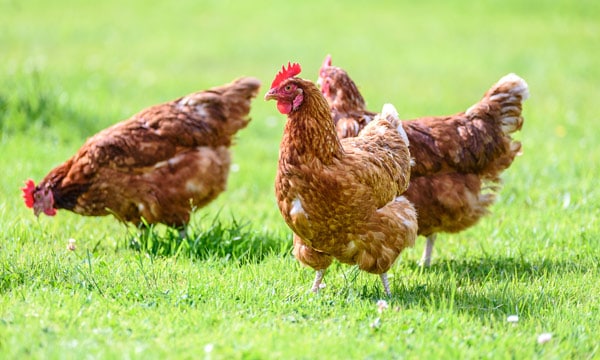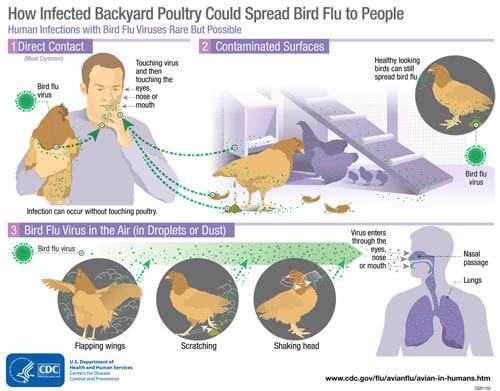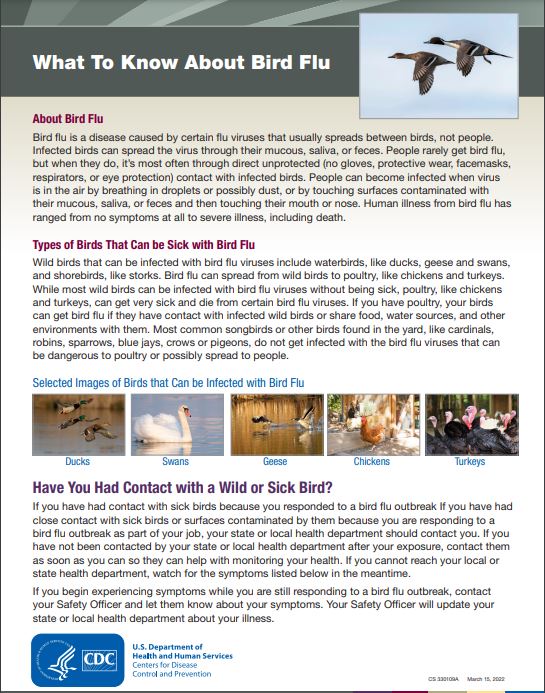Nature's Cull
"There are enough red flags that we're beholden to prepare.""If the virus spills over into new species, it always gains an opportunity to mutate and adapt even further.""So this is really an unprecedented level of viral activity for H5N1."Dr.Samira Mubareka, infectious disease specialist, clinician scientist, Sunnybrook Research Institute/University of Toronto"The spillover of these viruses from wild birds to mammals could cause a potentially devastating pandemic if the H5N1 viruses mutate into forms that can spread efficiently among the mammalian species."Research study, Canadian Food Inspection Agency, published in Emerging Microbes & Infections journal
 |
There have been fewer than a dozen Asian influenza cases confirmed among humans identified globally since 2020. Even among those no instances have been identified of H5N1 passing from human to human. Public health agencies are involved in closely watching how the highly pathogenic avian influenza H5N1 is evolving, a heightened level of alertness, the impetus of which can be traced to the still-and-ever-presence of the previous SARS-CoV-2 pathogen that upended the world community in a massive infection and fatality rate.
First identified in 1996, H5N1 had manifested itself in 2020 with a new type that was detected in late 2021 in North America. Since that date, the virus has decimated huge flocks of both wild and domesticated birds, the result of which has been millions of poultry deaths in Canada alone, from infection and from preventive culls. Dr. Mubareka advised that what has partially captured the attention of scientists is the range of species being infected by the virus.
The first Canadian case was identified in a pet dog earlier this month, among the hundreds of confirmed cases in wild skunks, foxes, mink and other mammals dating to the beginning of 2021. Farmers in Ontario and Quebec have been bracing for a potential wave of cases with the return of migratory birds (bringing the infectious virus with them). Public health agencies throughout Europe, Canada and the United States feel for the time being that risk to humans of contagion is low. There is no risk associated with consumption of cooked birds.

Scientists with the Canadian Food Inspection Agency working at a laboratory in Winnipeg where cases of H5N1 are confirmed and genetically sequenced, studied cases in 40 different wild mammals, the researchers finding the virus had undergone some "critical mutations". The critical mutations referred to by the researchers involved that part of the virus that allowed it to replicate; similar findings were reported globally.The scientists found in 17 percent of the cases changes advantaging the virus to replicate in humans.
On the other hand, the researchers also found that the virus had not developed a preference to lock on to receptors in a human nose, mouth and throat -- the target of an influenza virus, key to human infection. Multiple surveillance networks set to monitor and track the influenza virus have been installed by the Public Health Agency of Canada, which claims to take the situation "very seriously". Its recent experience with COVID-19 aided it in building H5N1-specific plans across government departments.
The 27 member states of the European Union agreed to implement a bird flu vaccine strategy, with Mexico, Egypt and China on a list of countries inoculating chickens against H5N1. Targeted vaccination could help to prevent poultry losses and reduce the spread of the virus, advised Shayan Sharif, professor and acting dean at the Ontario Veterinary College, concerned at the possibility that the virus may mutate to become more dangerous to humans and eventually transmit human-to-human.
 |
Labels: Bird Flu, H5N1, Infection, Research, Species Barrier, Studies, Vaccines

0 Comments:
Post a Comment
<< Home